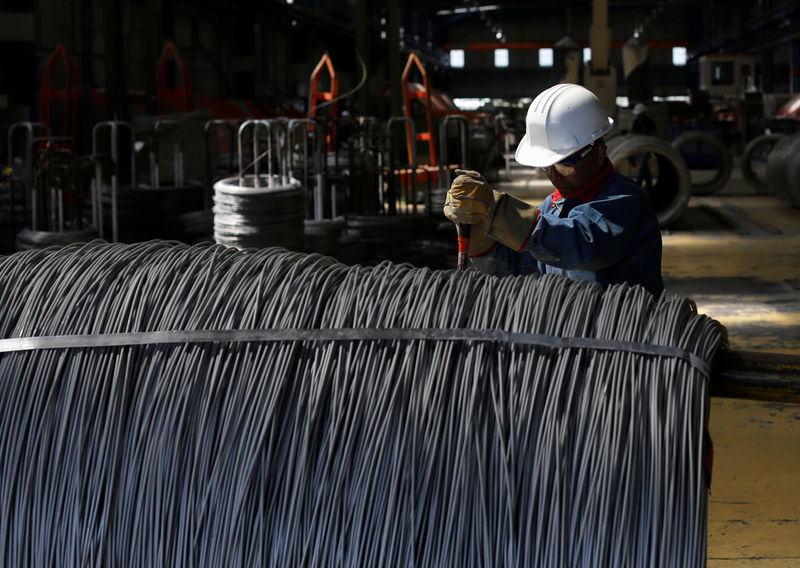Investing.com -- JPMorgan analysts identified the recent pullback in U.S. Steel (X) stock as an attractive buying opportunity.
Despite near-term volatility in the steel market, they see strong potential for long-term gains, upgrading U.S. Steel to an Overweight rating, indicating their confidence in its future performance.
Following a period of underperformance due to weakening fundamentals, JPMorgan believes the risk/reward dynamic for North American steel equities has shifted. "We think the risk/reward is more favorable for North American steel equities as investors will begin to positively discount an improved rate environment and stable post-election backdrop in 2025," JPMorgan stated.
While uncertainty remains, particularly with interest rates and demand fluctuations, the investment bank believes the long-term outlook looks promising.
The analysts acknowledge that the steel sector is currently facing headwinds such as planned outages, new production ramps, and overcapacity issues in China, along with fading support from lower scrap costs.
"Given a lack of near-term catalysts and various conflicting factors (i.e., planned outages, new ramps, China overcapacity and fading scrap cost support), we focus on defensiveness and relative valuation," explains the bank.
These factors contribute to short-term volatility, but for investors willing to stomach the risks, JPMorgan sees upside potential, especially for U.S. Steel.
"The recent pullback represents an attractive buying opportunity on standalone valuation support," JPMorgan noted.
Looking ahead, JPMorgan expects U.S. Steel and other major players like Nucor (NYSE:NUE) and Steel Dynamics (NASDAQ:STLD) to provide cautious outlooks in their mid-quarter updates, with "timid outlook comments" likely due to lower contract pricing and hand-to-mouth buying patterns.
However, JPMorgan's focus on relative valuation and defensiveness means U.S. Steel is viewed attractively. "While we now have less conviction in a foreign M&A premium, we like its growth outlook and easing capex requirements into 2026 relative to peers," the bank concluded.
